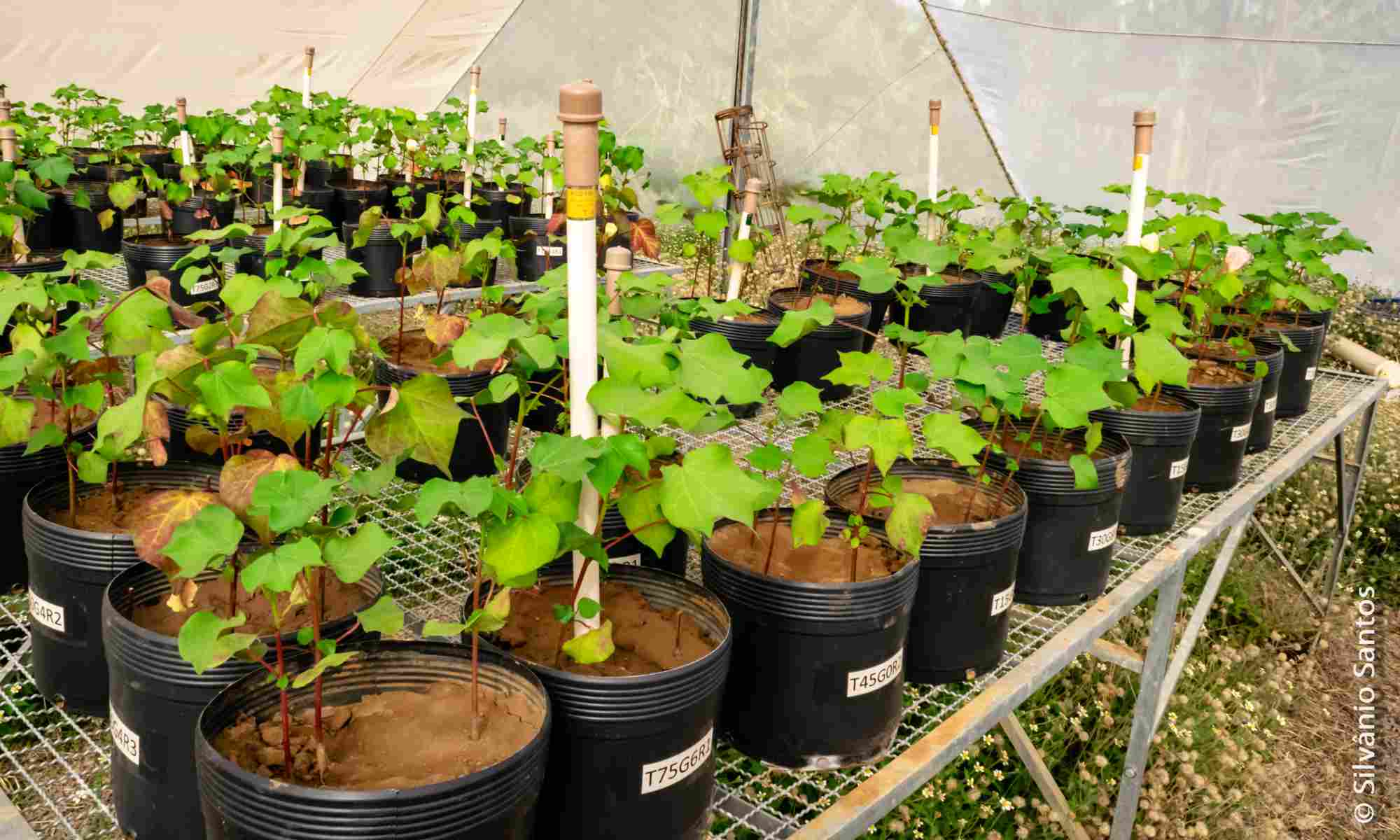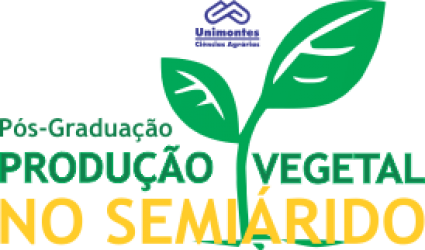- Version
- Download 34
- Tamanho do Arquivo 376.69 KB
- Data de Criação 16/06/2021
- Download
FRANCO, Antônio Augusto Nogueira. Marcha de absorção e acúmulo de nutrientes na cultura do sorgo. 2011. 74 p. Dissertação (Mestrado em Produção Vegetal no Semiárido) – Universidade Estadual de Montes Claros, Janaúba, 2011.
Com o objetivo de determinar a marcha de absorção de nutrientes e o acúmulo de matéria seca nas diferentes partes de plantas de sorgo, em função dos estádios fenológicos da cultura, foi conduzido um experimento em condições de campo, na fazenda experimental da UNIMONTES, Janaúba - MG, sob sistema convencional de cultivo, utilizando dois híbridos de sorgo, um granífero (DKB 599) e outro forrageiro (BRS 610). Utilizou-se o delineamento em blocos casualizados com quatro repetições, e tratamentos dispostos num esquema fatorial 9 x 2, no qual o primeiro fator constituiu-se pelas épocas de coleta (T1 = 3 folhas; T2 = 5 folhas; T3 = 7 folhas; T4 = Diferenciação floral; T5 = 80 % Área foliar; T6 = Folhas totalmente expandidas; T7 = Liberação de pólen; T8 = Grãos leitosos/pastosos e T9 = Camada negra) e o segundo fator constituiu-se pelos híbridos. Os resultados foram submetidos à análise de variância, e para as diferenças significativas, identificadas pelo teste F (P<0,05), foram ajustados modelos de regressão e aplicado o teste Scott-Knott . Depois de colhido, o material vegetal foi separado em caules, folhas, grãos e panícula. Posteriormente as partes vegetais foram lavadas em água corrente e destilada, secas em estufa de circulação forçada a 65 ºC, até peso constante, determinada a matéria seca e moídas. Em seguida, as amostras foram enviadas para a realização das determinações químicas (análises foliares). Foi calculado o acúmulo de cada nutriente em cada parte da planta por meio da relação do teor do nutriente nas mesmas pela matéria seca de cada parte e posteriormente, os valores obtidos foram transformados para kg ha-1 . Os acúmulos de matéria seca, macro e micronutrientes em função dos estádios fenológicos da cultura do sorgo seguiram o modelo sigmoidal durante o ciclo da cultura, sendo que as máximas quantidades acumuladas foram obtidas na maturidade fisiológica. As plantas de sorgo forrageiro e granífero, respectivamente, acumularam nutrientes em sua parte aérea nas seguintes ordens decrescentes: K > N > Ca > P > Mg > S e N> K > Ca > P > Mg > S. As maiores concentrações de K e N foram observadas, respectivamente, nos caules e nos grãos. O Mn e o Fe foram os micronutrientes acumulados em maior quantidade na parte aérea das plantas de sorgo, seguido pelo B, Zn e Cu; entretanto, o Zn e o Cu foram os micronutrientes mais exportados. Para as condições de condução do experimento, a época mais propícia para realizar adubação nitrogenada e potássica em cobertura é de 25 e 20 DAE, respectivamente, para os híbridos BRS610 e DKB599.
Palavras-chave: Sorghum bicolor, adubação, crescimento, BRS610 e DKB599.
Uptake and accumulation of nutrients in sorghum
This study aimed to determine the uptake of nutrients and dry matter accumulation in different sorghum shoots, depending on growth stages in culture. It was carried out a field experiment, at the experimental farm of UNIMONTES, Janaúba - MG, under the conventional tillage, using two sorghum hybrids, a grain (DKB 599) and other forage (BRS 610). It was used a randomized blocks design with four replications and treatments arranged in a 9 x 2 factorial scheme, in which the first factor was collection times (T1 = 3 leaves, T2 = 5 leaves, T3 = 7 leaves T4 = floral differentiation, T5 = 80 % leaf area, T6 = fully expanded leaves, T7 = pollen release, T8 = milky grains / pasty and T9 = black layer) and the second factor was composed of the hybrids. The results were subjected to variance analysis, and significant differences were identified by F test (P <0.05), regression models were adjusted and applied the Scott-Knott test. The harvested plant material was separated into stems, leaves, grains and panicles. Later the plant parts were cleaned in distilled water, dried in a forced air circulation chamber at 65 °C until constant weight, it was determined and milled the dry matter. After that, the samples were sent to carry out chemical analysis (leaf analysis). It was calculated the accumulation of each nutrient for each part of plant by the relation of the nutrient content in the dry matter of each part and then the values were transformed to kg ha-1 . The accumulation of dry matter, macro and micronutrients in relation to the phenological stages of sorghum followed sigmoidal model during the crop cycle, being that the maximum accumulated quantities were obtained at physiological maturity. The plants of forage sorghum and grain respectively accumulated nutrients in shoot in the following descending order: K> N> Ca> P> Mg> S and N> K> Ca> P> Mg> S. The highest concentrations of K and N respectively were observed in stems and grains. Manganese and iron were the micronutrients accumulated in larger amounts in the sorghum shoots, followed by boron, zinc and copper; however, Zn and Cu were the most exported micronutrients.. For the conditions of the experiment, the best time to perform nitrogen and potassium fertilization in coverage is at 25 and 20 DAE, respectively, to the hybrids BRS610 DKB599
Keywords: Sorghum bicolor, fertilization, growth, BRS610, DKB599.

